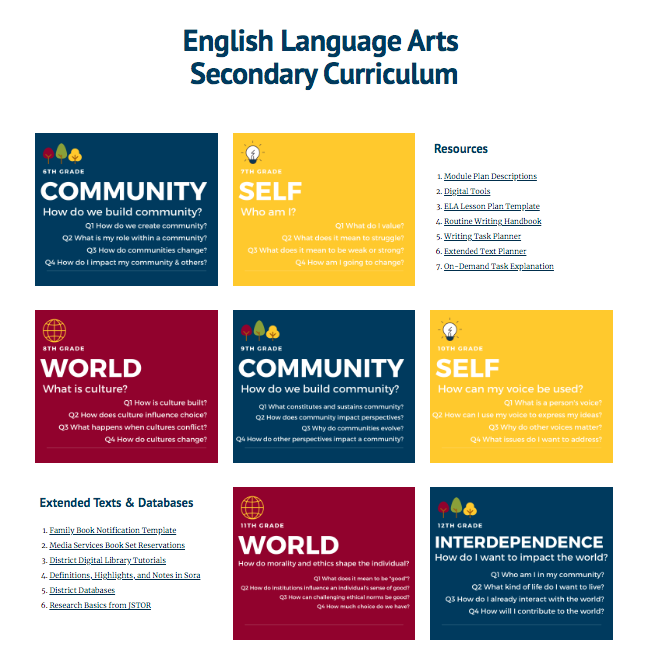Over on the professional twitter account, I mentioned this piece from Dan had me considering what possible corollaries exist in how we give feedback poorly in English classrooms.
Dan replied with a few questions:
and
Let’s take them in the order they rolled in. Dan contends the average ELA space as “richer” in feedback than most online math. Parsing out richer, I’d guess he’s thinking more meaningful. I would label it as more verbose. The average ELA classroom has a lot of words coming at students for feedback. Certainly, I’d argue the feedback on a short essay is full of more words than the feedback on a daily math assignment – online or in print.
But those words aren’t usually saying much, and their meaning is often more for the teacher than the student. These are the not quite sins, let’s call them sinlets I committed when grading such work.
- A cheat sheet. There were certain error types or weaknesses in writing that came up over and over again across multiple students’ work. So, I had a file open as I responded that allowed me to copy and paste identical feedback when I encountered a version of that error.
I don’t think ELA teachers are alone in this, but I would argue it does a greater disservice in the ELA classroom than in other disciplines. If students are working to create an artifact of their learning and thinking unique to their own minds, then copying and pasting my feedback where that thinking falls shorts fails to connect in a way that is constructive to growing those students thinking. It’s like trying to connect an off-brand LEGO to the real thing. It’ll stick, but it won’t hold together.
This particular sinlet was born out of a want to avoid repetitive grading injuries. I falsely thought I couldn’t let these “errors” slip by, so I pasted the relevant comments on everything. This brings us to…
2. Hyper commenting. There’s an principle in writing instruction that sets review and revision as a conversation between the writer and their editor. With this sinlet, my students were trying to have one conversation, and I responded so prolifically that it felt as though I was having 20. Even if the feedback was more specific than that mentioned above, where were students supposed to focus in the conversation with my hyperactive suggestions bouncing from comments on tone to grammar to evidence to structure? If they had been real conversations, I can’t imagine my students would have stuck around for long.
Again, this was often born out of a sense of needing to teach everything in each essay. The cumulative effect was that it taught nothing or very little.
3. It was already dead to begin with. When did I look at student writing? After they had written it and written it off as being done. For this sinlet, I was giving advise on pieces of work that, in the students’ minds, were now etched in stone. And, no matter how much I encouraged them to set goals for the next writing assignment based on that feedback, the bridge between the two was always too far.
With the exception of math courses where re-takes are allowed, I know feel there’s strong overlap on this one. Most non-computerized feedback comes only at the end of an assignment. Where ELA falls short is the bigger assignments cannot be graded in terms of individual pieces like math problems. We could give grading paragraph by paragraph, but there are issues there as well.
Those were my 3 annoying sinlets of teacher feedback. I have visited and worked with enough English teachers across the country to know they’re playing out right now in hundreds of classrooms and piles of grading.
As to Dan’s contention around meaning and artifacts of thinking, this is still the exception and not the rule. In some studies of practice in ELA classrooms, findings are that very little reading or writing are happening. Instead, it’s the stuff. Faux writing to prepare for constructed response items. Grammar exercises. Graphic organizers. So, when they encounter the rare soup-to-nuts writing experience, students are still shooting for the right answer in terms of a way of writing or particular content that will appease their teachers. Yes, the page may be blank, but there are unspoken expectations to fill it with the right words in the right order. And, like math, the possible combinations are infinite.
Because of this game of Guess What the Teacher is Thinking, peer feedback can also be paralyzed at best or apathetic at worst. If the teacher is going to come in at the end and render a verdict based on what they expected to be included, then no peer comments or suggests are going to make any difference. This is where we get the inspired, “I like the words you used” and their ilk as comments.
So, Dan, to answer your questions, yes, the possibility exists for these things to hold true and set ELA spaces apart. For myriad reasons, though, that is not how the average ELA space functions. Additionally, and for another post, moving these creative acts into spaces where the feedback is automated is an even bigger killer of the work.
Like this:
Like Loading...
